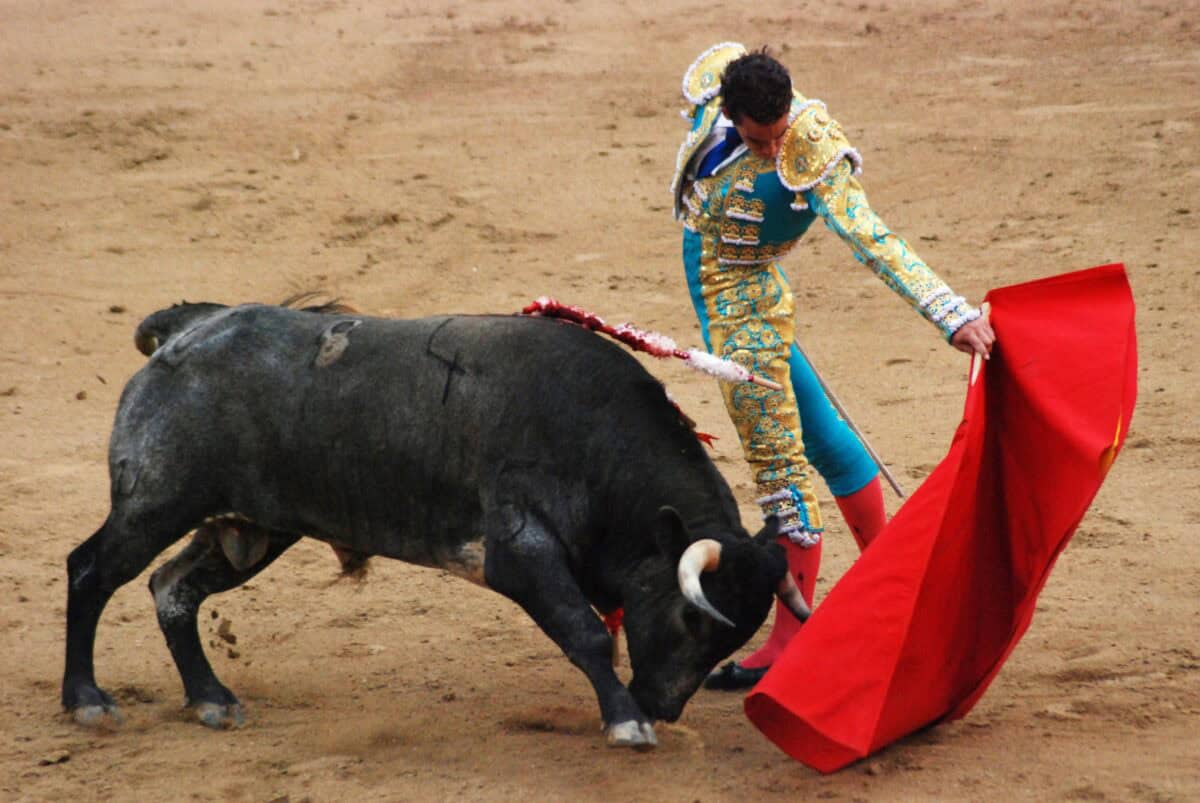Bullfighting, a centuries-old tradition that combines spectacle, ritual, and violence, stands at a cultural crossroads in the 21st century. While its defenders champion it as an essential cultural heritage that represents a profound artistic tradition, opponents increasingly view it as an outdated practice that inflicts unnecessary suffering on animals. This tension between preservation and progress has created a passionate debate that extends beyond the bullring into politics, economics, and questions about national identity. As traditional bullfighting countries like Spain, Portugal, France, and several Latin American nations grapple with changing societal values, the controversial practice faces unprecedented scrutiny and an organized opposition determined to relegate it to history books. This article explores why bullfighting has endured despite growing ethical concerns, and examines the mounting resistance that threatens its future existence.
The Historical Roots of Bullfighting
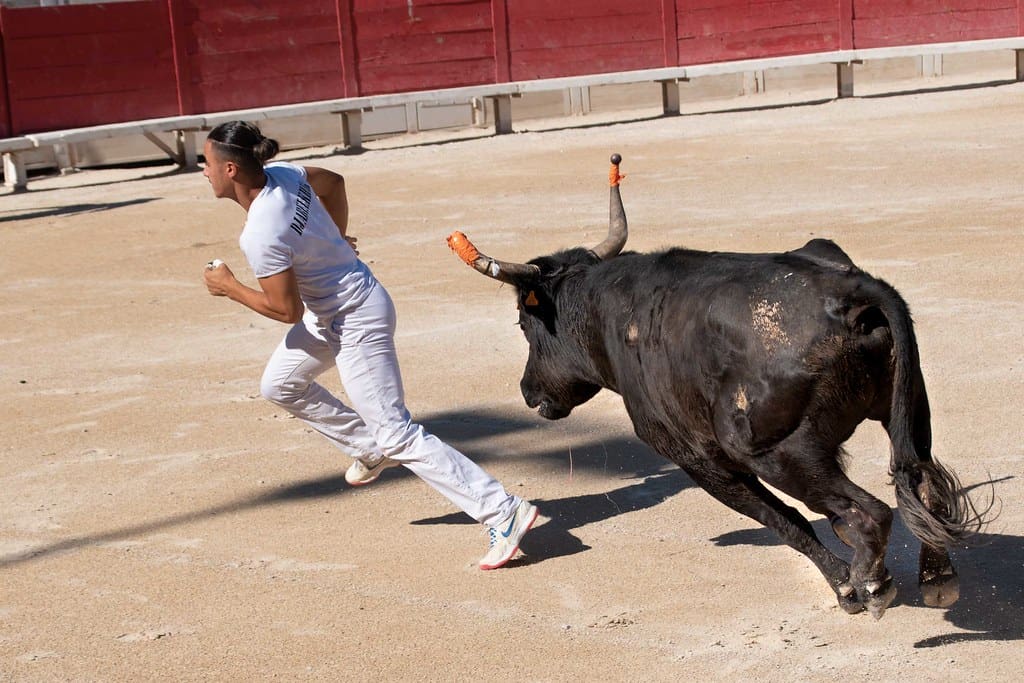
Bullfighting’s origins stretch back thousands of years, with some historians tracing its earliest forms to bull worship in ancient Mediterranean civilizations. The modern corrida (bullfight) developed in Spain during the 18th century, evolving from earlier practices where nobles on horseback would lance bulls during ceremonial events. What began as aristocratic entertainment gradually transformed into a codified spectacle with professional toreros (bullfighters) following established rituals and techniques. The practice spread throughout Spanish-controlled territories, taking root particularly in Mexico, Peru, Colombia, Venezuela, and other Latin American countries.
The historical connection between bullfighting and national identity became especially pronounced in Spain during the Franco dictatorship (1939-1975), when the regime actively promoted it as an embodiment of “true Spanish values.” This deliberate cultural association created deep ties between bullfighting and concepts of Spanish tradition, making any criticism of the practice feel like an attack on national heritage to its supporters. This historical entrenchment helps explain why bullfighting has resisted modernization pressures that have transformed or eliminated other historical practices involving animals.
Cultural Arguments for Preservation
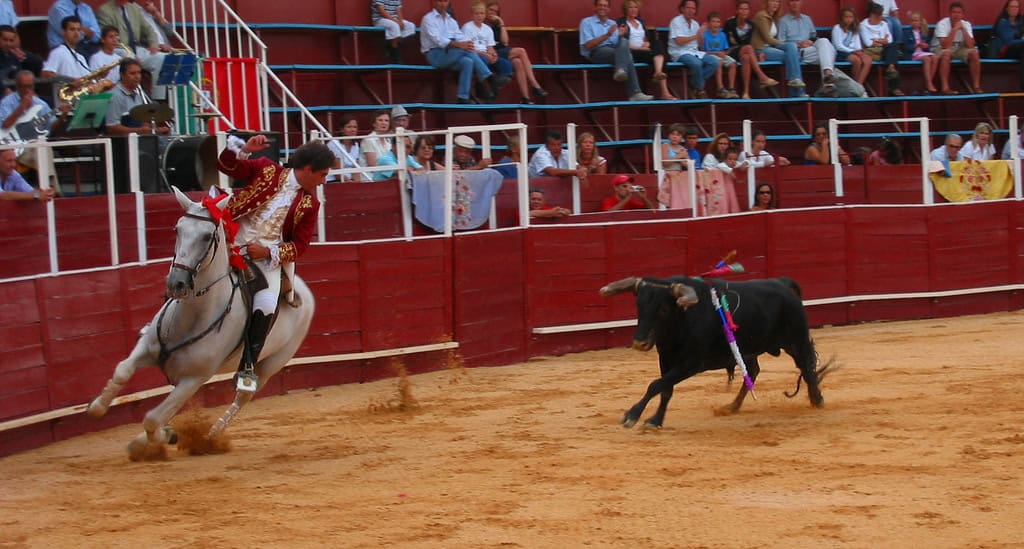
Defenders of bullfighting frequently frame the practice as an intangible cultural heritage deserving protection. They point to its influence on art, literature, and music—from Goya’s paintings and Hemingway’s novels to flamenco music—as evidence of its profound cultural significance. Many aficionados view bullfighting as a complex performance art that explores the relationship between humans and death, courage in the face of danger, and human dominion over nature. Organizations like the Fundación del Toro de Lidia in Spain actively lobby for bullfighting’s recognition and protection as cultural patrimony.
For supporters, the ritual aspects of bullfighting—the pageantry, the specialized vocabulary, the traditional costumes—represent a living connection to historical traditions they believe should be preserved rather than abandoned. They argue that outsiders who criticize bullfighting fail to understand its cultural context and symbolic meanings. This position received institutional support in 2013 when Spain’s government declared bullfighting part of the country’s cultural heritage, providing it with special protections against regional bans and reinforcing the argument that it constitutes a vital tradition worthy of preservation.
The Economic Ecosystem of Bullfighting
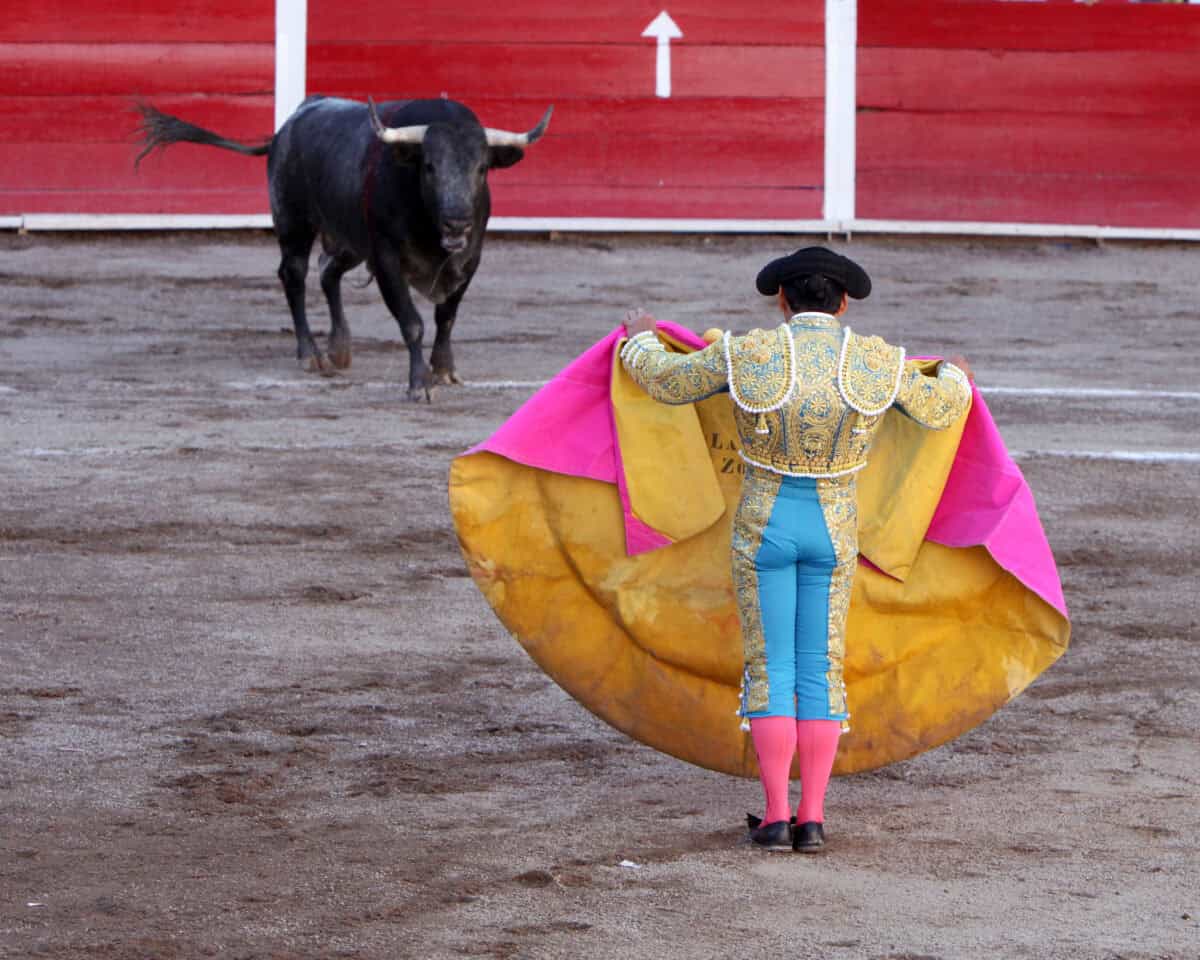
Bullfighting sustains a significant economic ecosystem that provides powerful incentives for its continuation. The industry employs thousands of people directly—including matadors, banderilleros, picadors, ring assistants, and administrators—while supporting adjacent sectors like bull breeding, costume making, and specialized equipment manufacturing. In Spain alone, a 2013 study commissioned by bullfighting advocates estimated the industry generated approximately €1.6 billion annually and supported about 200,000 jobs directly and indirectly, though critics dispute these figures as inflated.
The financial interests extend beyond the bullring to tourism, restaurants, and hospitality businesses that benefit from spectators attending bullfights. Major festivals like San Fermín in Pamplona or the Feria de Abril in Seville draw thousands of international tourists specifically for bullfighting events. Bull breeders, who maintain extensive ranches dedicated to raising fighting bulls, represent another powerful economic stakeholder. These breeders argue that without bullfighting, the specific breed of fighting bull (toro bravo) would likely disappear, along with the dehesa ecosystem—the traditional Spanish pastureland—where these animals are raised.
Political Support and Legal Protections
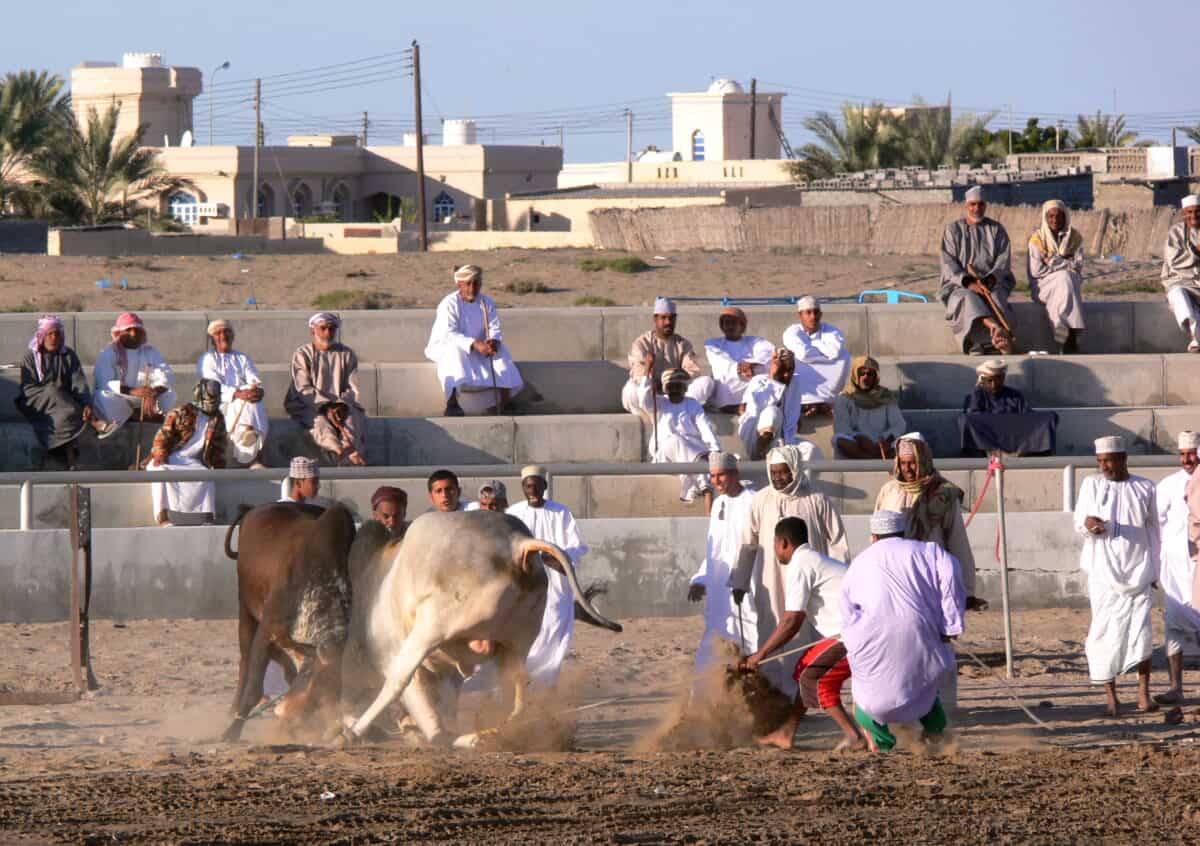
Bullfighting has traditionally enjoyed strong political support, particularly from conservative and nationalist political parties. In Spain, the center-right Partido Popular has consistently championed bullfighting as a national tradition worthy of protection. This political backing translated into concrete legal protections in 2013 when the Spanish parliament passed legislation declaring bullfighting part of Spain’s cultural heritage, effectively overriding regional attempts to ban the practice. Similar political support exists in other bullfighting countries, where politicians often frame the defense of bullfighting as protection of national traditions against globalization and cultural homogenization.
This political dimension became particularly evident in the conflict between Spain’s central government and the autonomous region of Catalonia. When Catalonia banned bullfighting in 2010 following a popular petition, Spain’s Constitutional Court overturned the ban in 2016, ruling that regional governments could regulate but not prohibit a practice declared national cultural heritage. This legal battle highlighted how bullfighting has become entangled with larger political questions about regional autonomy versus central authority. The polarized political climate in many bullfighting countries has made the practice a symbolic battleground for wider ideological disputes about tradition, modernity, and national identity.
The Ethical Challenge to Bullfighting
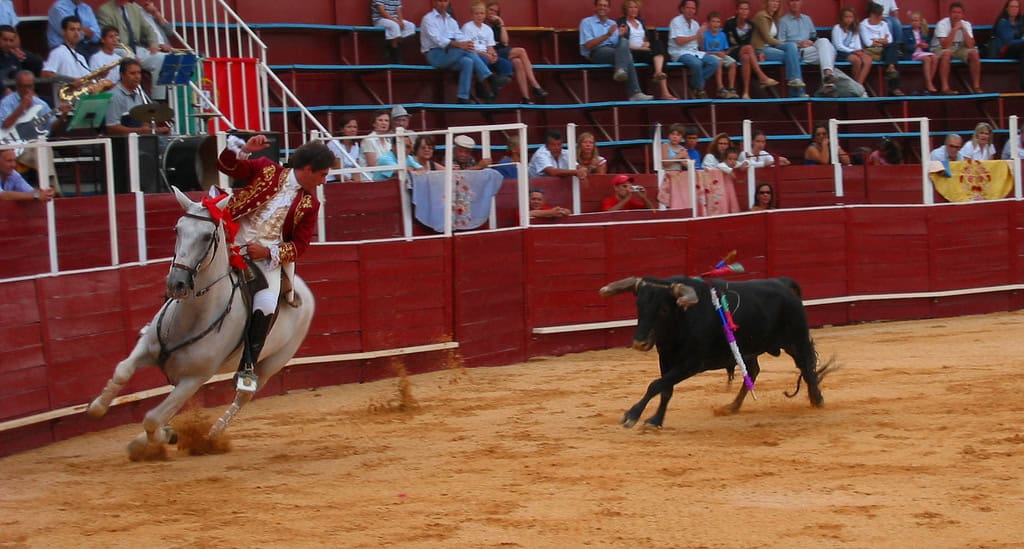
The central ethical objection to bullfighting focuses on the suffering inflicted on the bull during the spectacle. A traditional Spanish bullfight consists of three acts during which the bull is progressively weakened: first by picadors who drive lances into the bull’s neck muscles; then by banderilleros who plant barbed sticks in its shoulders; and finally by the matador who ultimately kills the animal with a sword thrust. Animal welfare organizations like PETA and World Animal Protection have documented that bulls experience extreme stress, pain, and blood loss throughout this process, which typically lasts about 20 minutes.
Critics argue that no cultural tradition can justify deliberate animal suffering for entertainment. They point to scientific research on animal cognition and pain perception that has advanced significantly since bullfighting traditions were established. Neurological studies confirm that bulls possess complex nervous systems capable of experiencing pain in ways similar to humans. Ethicists and animal rights philosophers like Peter Singer argue that the capacity to suffer, not cultural tradition, should be the relevant moral consideration when evaluating practices that harm animals. This ethical position increasingly resonates with younger generations who have grown up with greater awareness of animal welfare issues.
Growing Public Opposition
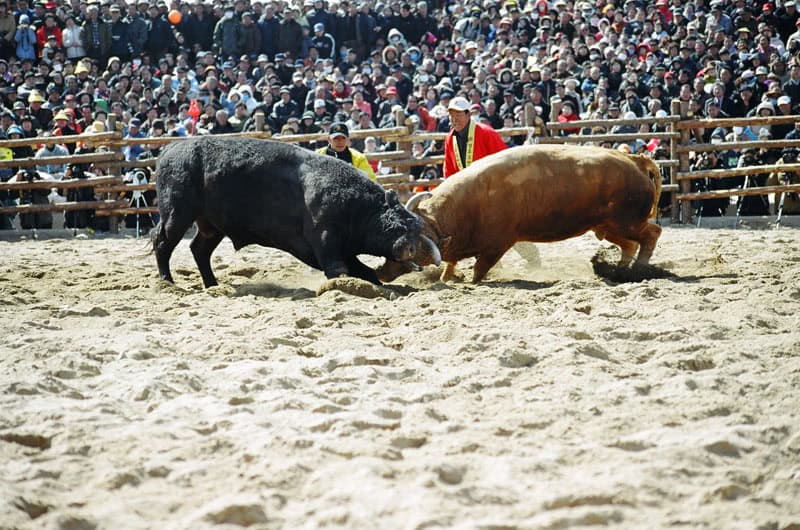
Public opinion in traditional bullfighting countries has shifted dramatically over recent decades. In Spain, which has the strongest bullfighting tradition, polls consistently show declining support, particularly among younger people. A 2019 survey by Ipsos MORI found that only 19% of Spaniards between 16-24 years supported bullfighting, compared to 41% of those over 65. Overall, only 19% of Spaniards expressed interest in bullfighting, while 60% opposed it. Similar trends appear in other bullfighting nations, with attendance figures declining steadily. In the last decade, the number of bullfights in Spain has decreased by approximately 60%, from about 3,300 events in 2007 to fewer than 1,500 in 2018.
This changing public sentiment has translated into organized opposition through animal rights organizations and dedicated anti-bullfighting groups. Organizations like PACMA (Spain’s Animal Rights Party), AnimaNaturalis, and CAS International have mobilized large-scale protests and petition campaigns. Social media has amplified these efforts, allowing graphic images from bullfights to reach wider audiences and fueling international pressure. High-profile celebrities and public figures increasingly lend their voices to anti-bullfighting campaigns, further influencing public opinion and adding pressure on politicians to reconsider legal protections for the practice.
Regional and Municipal Bans
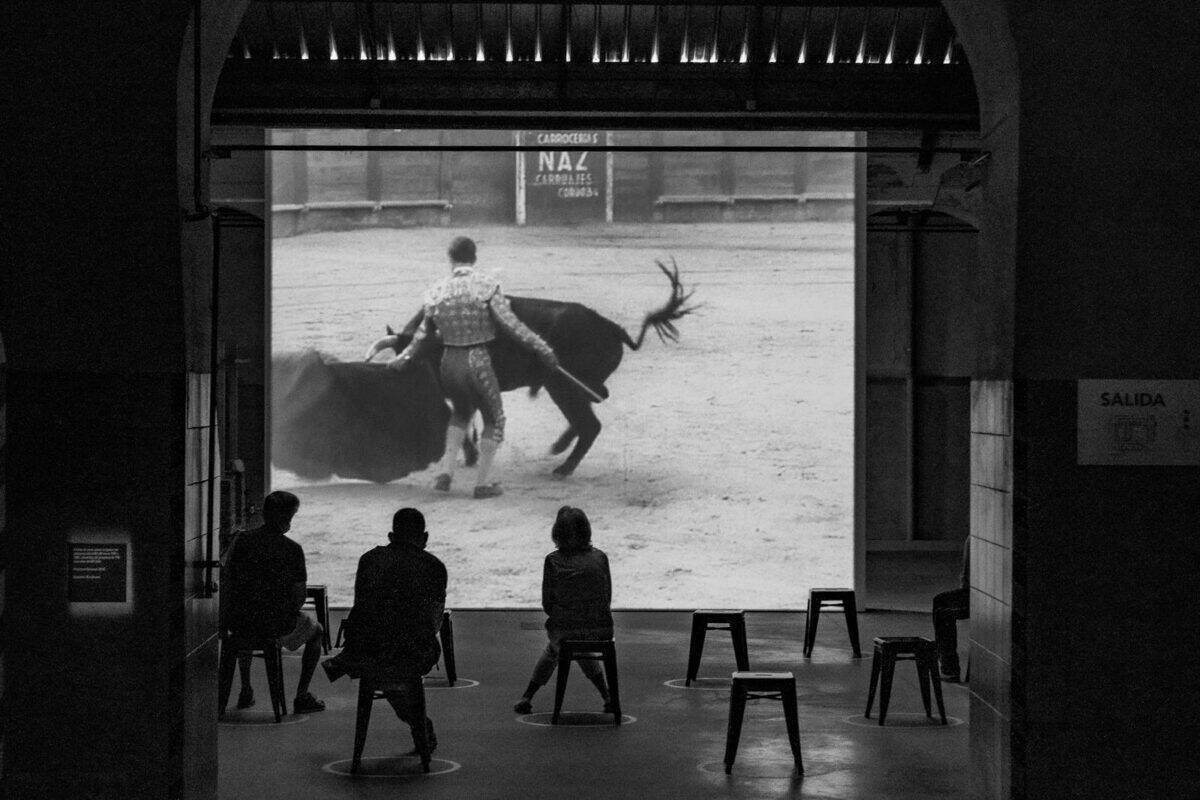
Despite national-level protection in countries like Spain, significant progress against bullfighting has occurred at regional and municipal levels. Catalonia’s 2010 ban, though later overturned by Spain’s Constitutional Court, represented a watershed moment that inspired similar efforts elsewhere. The Balearic Islands passed legislation in 2017 that, while not technically banning bullfighting, imposed conditions (including prohibition of wounding or killing bulls) that effectively rendered traditional bullfighting impossible. More than 100 Spanish municipalities have declared themselves “anti-bullfighting cities,” symbolically distancing themselves from the practice even when they cannot legally prohibit it.
Outside Spain, Ecuador’s capital Quito banned the killing of bulls in 2011, forcing bullfighters to adapt their performances to exclude the death of the animal. Several Mexican states including Sonora, Guerrero, and Coahuila have prohibited bullfighting entirely. In Colombia, cities including Bogotá have attempted bans, though these have faced legal challenges similar to those in Spain. These regional and local restrictions reflect the growing power of grassroots opposition and suggest a possible path forward: a gradual geographical contraction of bullfighting that might eventually lead to its disappearance even without national prohibitions.
The Economic Counterargument
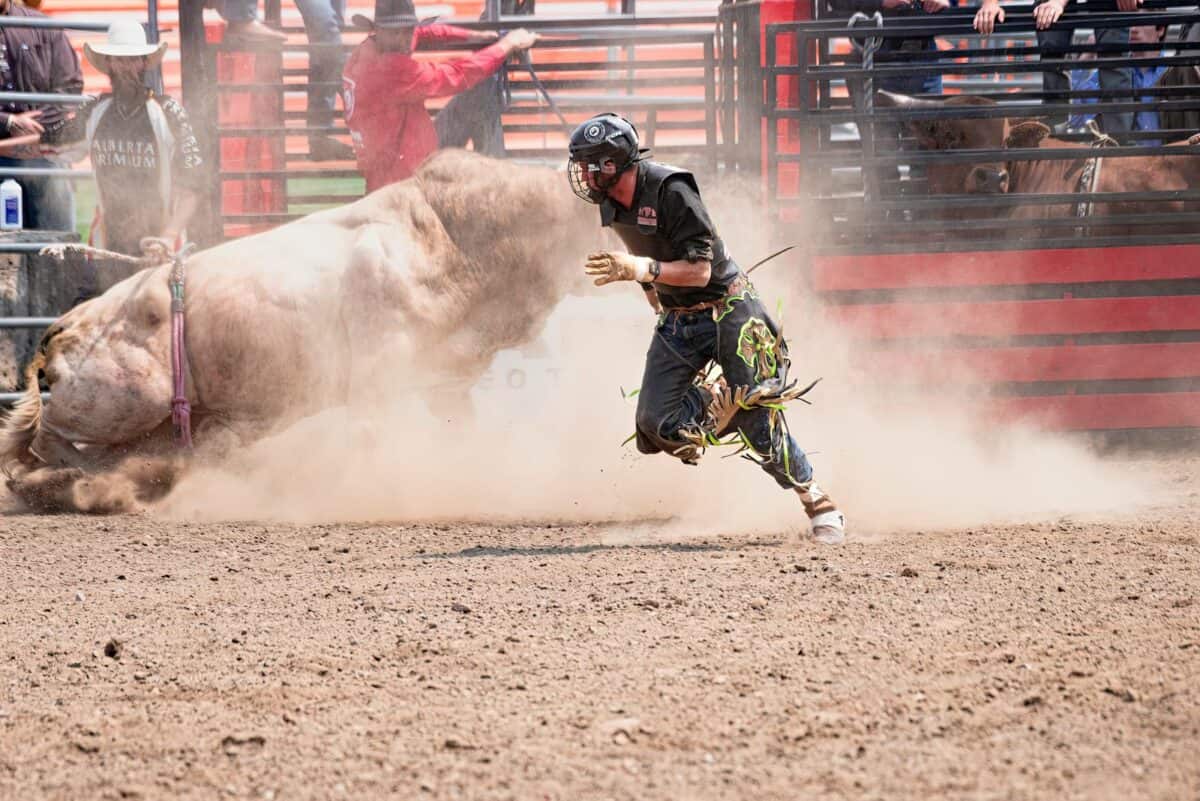
While economic interests support bullfighting’s continuation, a powerful economic counterargument has emerged. Critics point out that attendance at bullfights has declined precipitously—by some estimates, more than 40% in Spain between 2007 and 2018—leading many bullrings to operate at a loss. These venues increasingly depend on public subsidies to remain operational. Anti-bullfighting activists argue that these subsidies represent an inappropriate use of taxpayer money, especially when polls indicate most citizens oppose the practice. A 2013 report by Green MEPs in the European Parliament estimated that bullfighting in Spain received approximately €130 million annually in public subsidies through various direct and indirect channels.
Animal welfare organizations also challenge the economic necessity argument by proposing alternative uses for bullrings and employment for those in the industry. Historic bullrings could be repurposed as concert venues, museums, or cultural centers—as has already happened in Barcelona’s La Monumental following Catalonia’s ban. They argue that the fighting bull breed could be preserved through conservation programs without the need for bullfighting, pointing to examples of other traditional cattle breeds maintained without harmful practices. The economic dependency argument weakens further as traditional bullfighting regions like Catalonia demonstrate economic vitality despite restricting or eliminating bullfighting.
International Pressure and Tourism Impacts
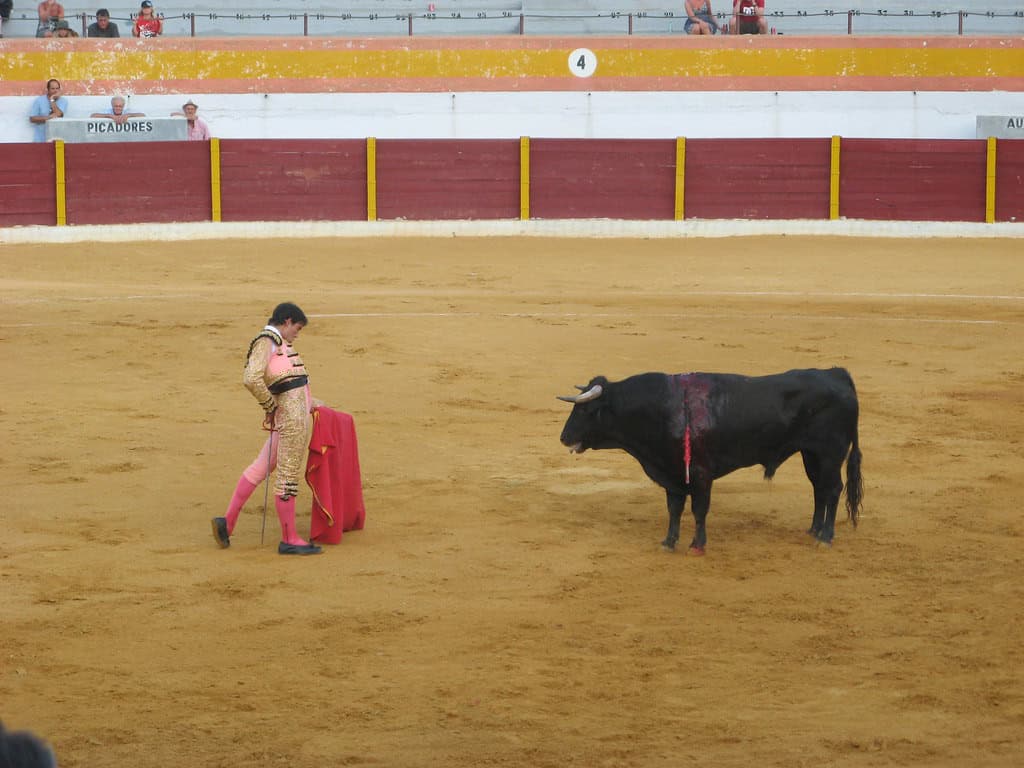
International opinion has become increasingly relevant to the bullfighting debate as global tourism represents a significant economic factor for countries like Spain, Mexico, and Colombia. Animal welfare organizations have launched campaigns specifically targeting tourists, encouraging them to avoid bullfights and even to boycott destinations that maintain bullfighting traditions. The European Parliament voted in 2015 to amend the EU budget to prohibit the use of agricultural subsidies for bull breeding for fighting, signaling growing international institutional pressure, though this measure has proven difficult to enforce in practice.
Tourism boards and local governments in bullfighting regions increasingly find themselves navigating contradictory pressures: promoting bullfighting as cultural heritage to attract traditional cultural tourists while simultaneously downplaying it in broader marketing to avoid alienating the growing segment of tourists concerned about animal welfare. This tension has led some municipalities to develop alternative cultural festivals and attractions that maintain traditional elements without animal suffering. The international dimension adds another layer of complexity to the debate, as countries must weigh the cultural sovereignty argument against potential reputation damage and tourism impacts in an increasingly connected world with evolving ethical standards.
Bloodless Alternatives and Adaptations
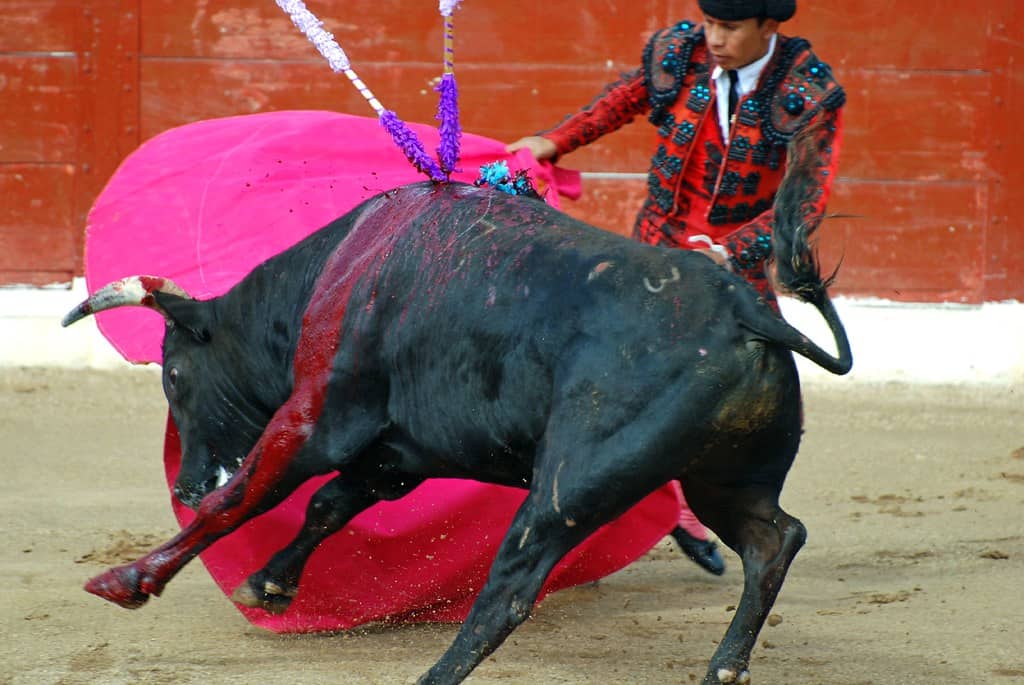
In response to growing ethical concerns, various forms of bloodless bullfighting have developed. Portugal’s traditional form of bullfighting already differs from Spain’s in that the bull is not killed in the ring (though it is typically slaughtered afterward). In the United States, where animal cruelty laws prohibit harming the bulls, Portuguese-style bloodless bullfighting has developed in communities with strong Portuguese or Spanish heritage, particularly in California. These events use velcro-tipped darts attached to the bull’s velcro-covered back rather than piercing banderillas, allowing the spectacle and skill demonstration without physical harm to the animal.
Other adaptations include recortadores competitions, a traditional Spanish practice that has gained popularity as an animal-friendly alternative. In these events, performers demonstrate agility and courage by doing somersaults and other acrobatic movements over charging bulls without weapons or capes. The bulls are neither injured nor killed. Similarly, bull leaping (similar to the French course landaise) showcases athletic prowess without harm to the animals. These bloodless alternatives potentially offer a compromise that preserves elements of tradition while addressing ethical concerns, though traditionalists often reject them as dilutions of authentic cultural practice, while animal rights advocates may still object to any use of animals for entertainment.
Generational Shifts and Cultural Evolution
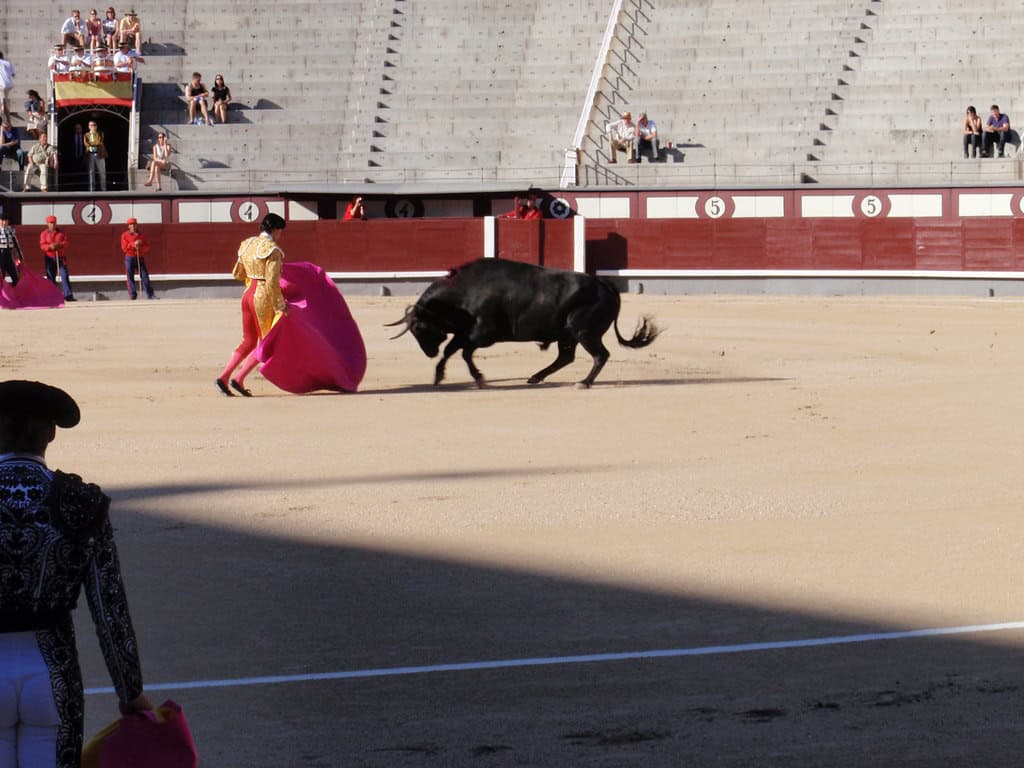
Perhaps the most significant factor in bullfighting’s uncertain future is the dramatic generational divide in attitudes. Younger generations in traditional bullfighting countries have grown up with different values regarding animal welfare and are less connected to traditional justifications for the practice. In Spain, only 7% of people under 35 express interest in bullfighting according to recent surveys. This generational shift reflects broader societal changes, including urbanization (which distances people from traditional rural practices), globalization of cultural influences, and increased exposure to animal welfare concerns through education and media.
Cultural practices, even those with deep historical roots, have always evolved or disappeared as societies change. Supporters of bullfighting often frame the debate as tradition versus modernity, but historians point out that many traditions once considered essential to national identity have been modified or abandoned as ethical standards evolved. Public executions, bear-baiting, and dueling were all once defended as important traditions before being relegated to history. Cultural evolution involves continuous reevaluation of practices against contemporary ethical standards, and the declining interest among younger generations suggests bullfighting may be undergoing this natural process of cultural reconsideration rather than facing an artificial threat from outsiders who don’t understand its significance.
The Future of Bullfighting
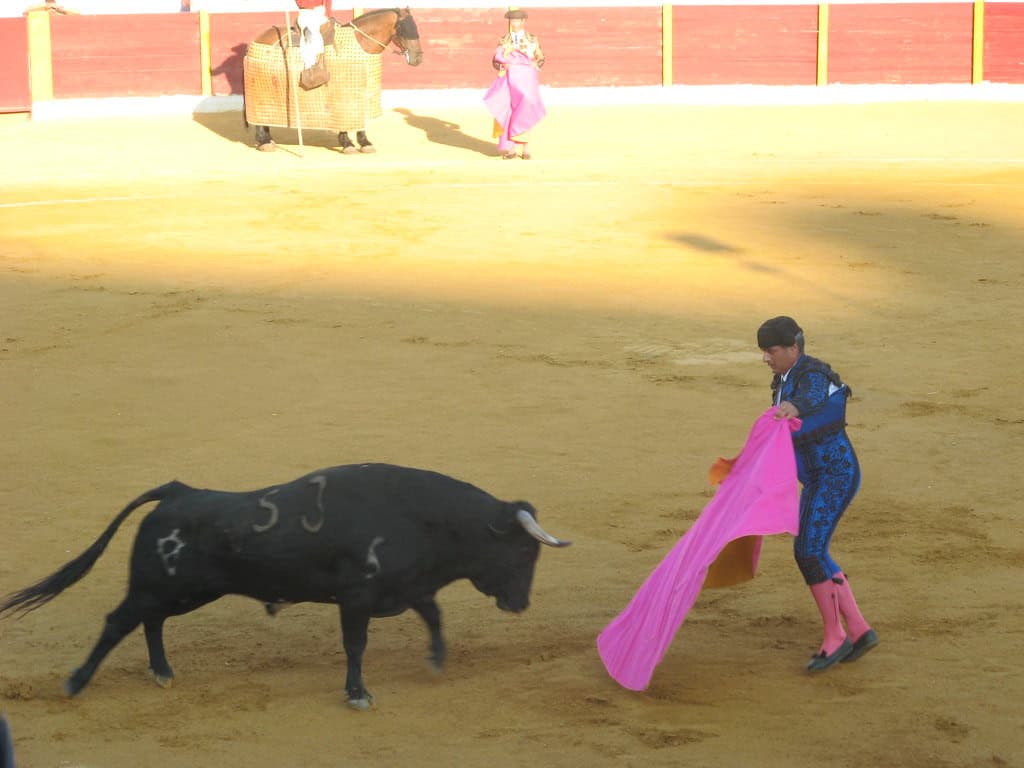
The trajectory of bullfighting suggests a practice in decline, though its complete disappearance appears unlikely in the immediate future. The most probable scenario involves continued geographical contraction, with bullfighting persisting in rural areas and specific regions with the strongest traditions while disappearing from urban centers and more progressive regions. Financial viability will likely become increasingly challenging as attendance continues to decline and public tolerance for subsidizing the practice diminishes. These economic pressures may ultimately prove more decisive than ethical arguments or legal prohibitions.
Various compromises may emerge, such as further regulation to reduce animal suffering while preserving ceremonial elements, or the continued development of bloodless alternatives that maintain cultural connections to tradition without the controversial aspects. The precedent of other traditional practices that have evolved or disappeared suggests that bullfighting will likely undergo significant transformation rather than simply continuing in its current form or disappearing entirely. What remains uncertain is the timeframe for this evolution and whether it will occur through gradual cultural change or more abrupt legal prohibition. What seems clear is that the passionate debate around bullfighting reflects a broader societal negotiation about the proper relationship between humans and animals, tradition and progress, and local culture versus global ethical standards—questions that extend far beyond the bullring itself.
- Why Nurse Sharks Are Often Misunderstood - August 9, 2025
- 9 Most Venomous Spiders Lurking in US Homes - August 9, 2025
- How Scientists Tag and Track Sharks Off Florida’s Coast - August 9, 2025

